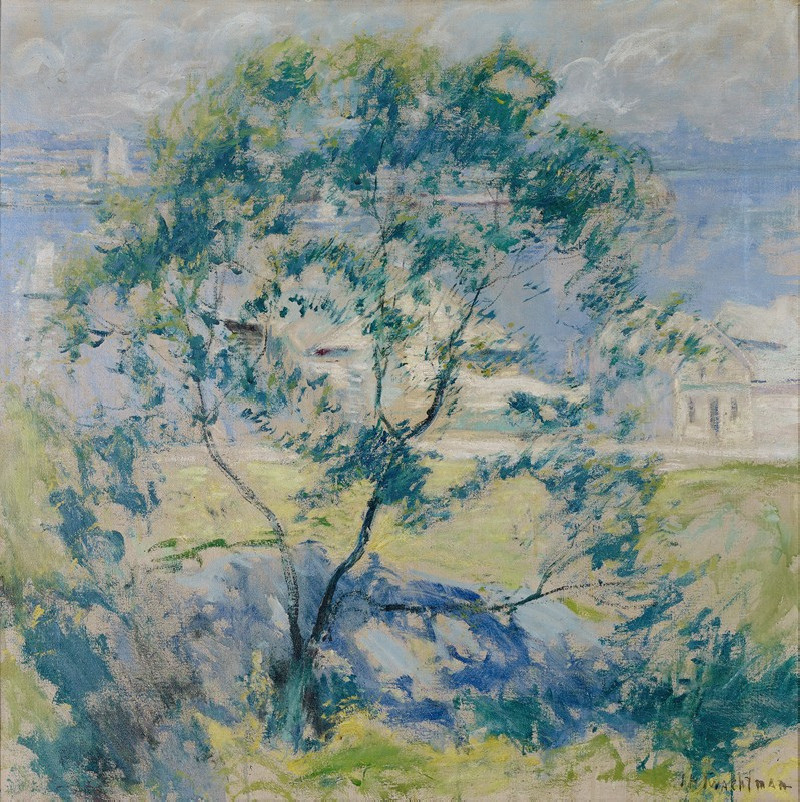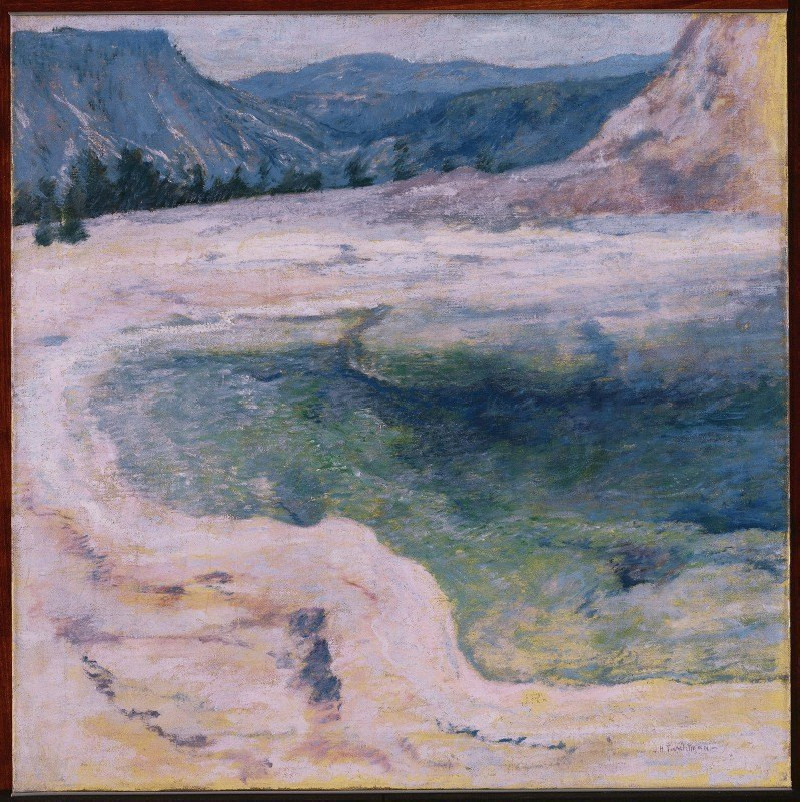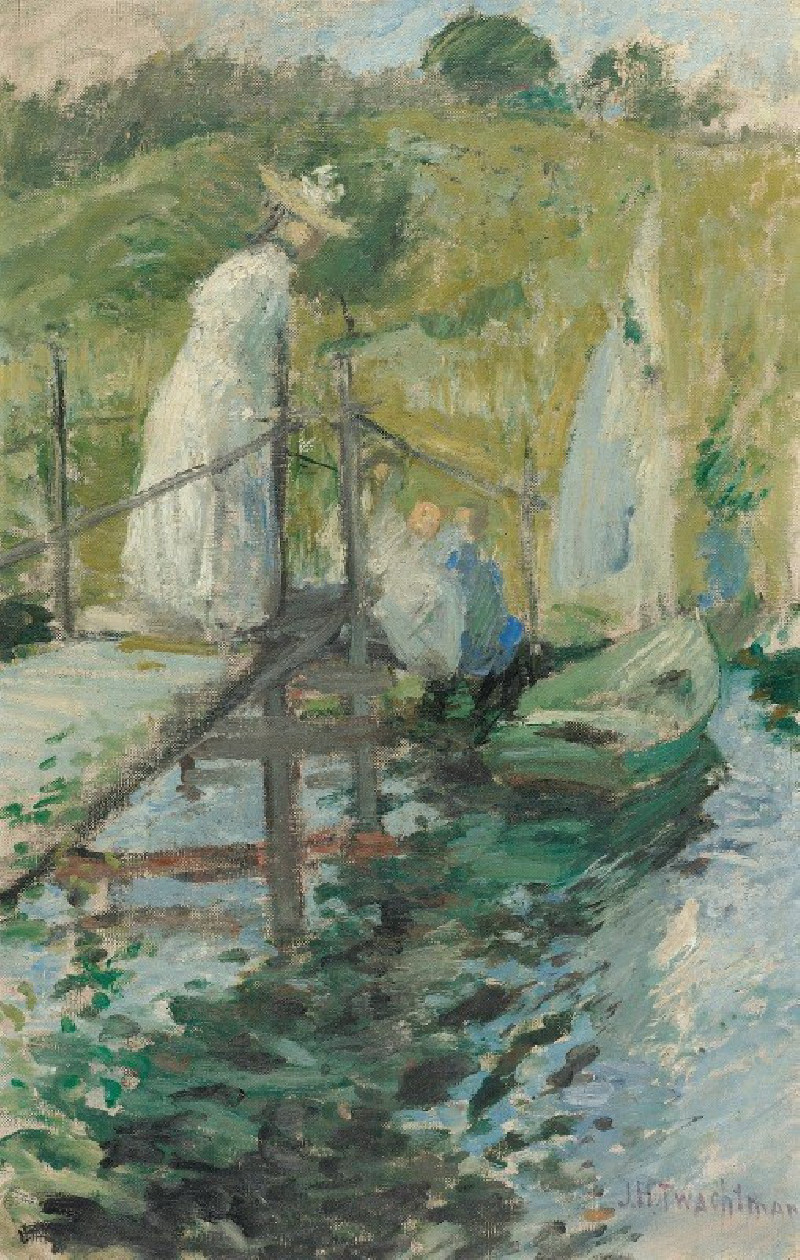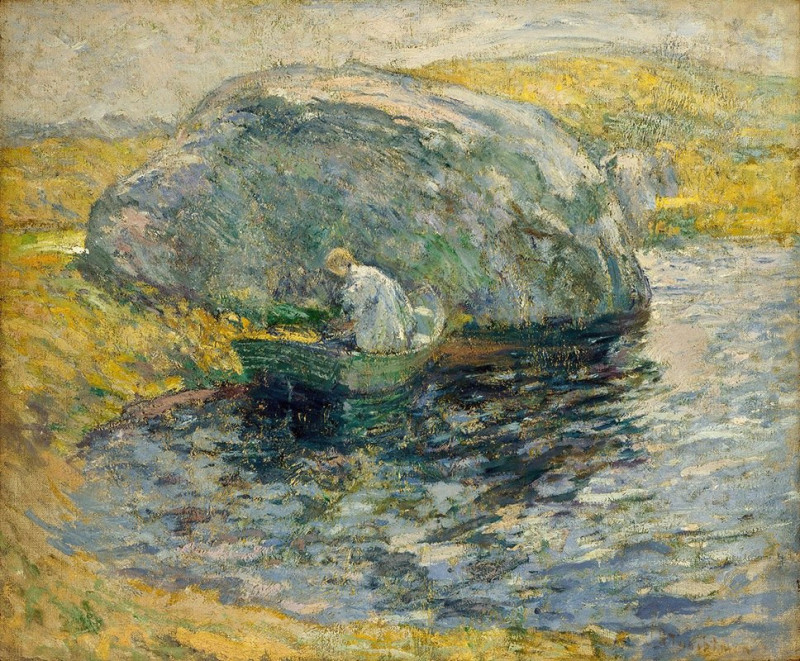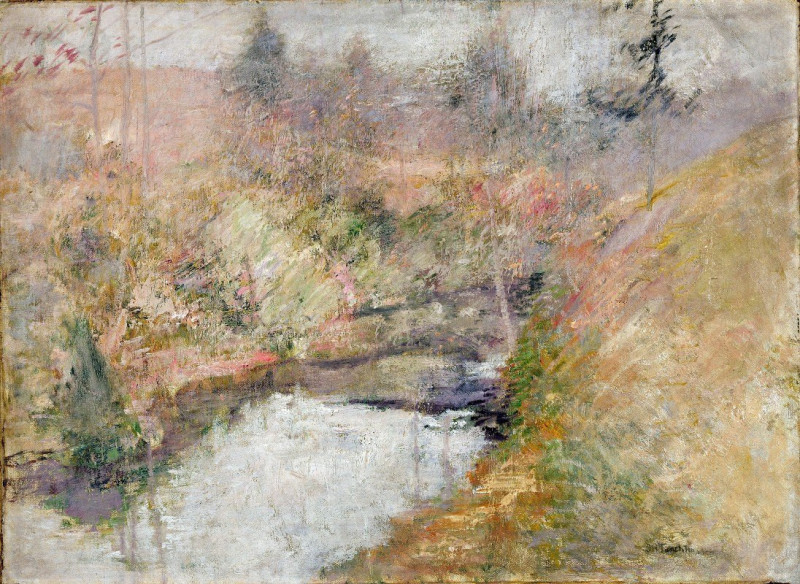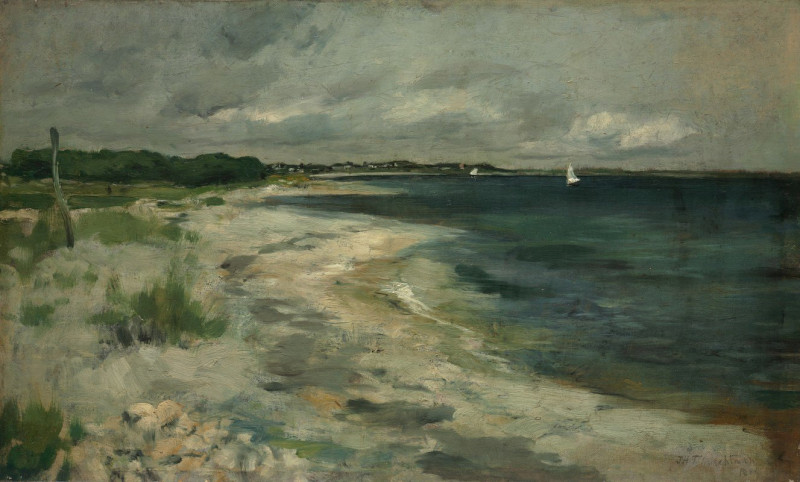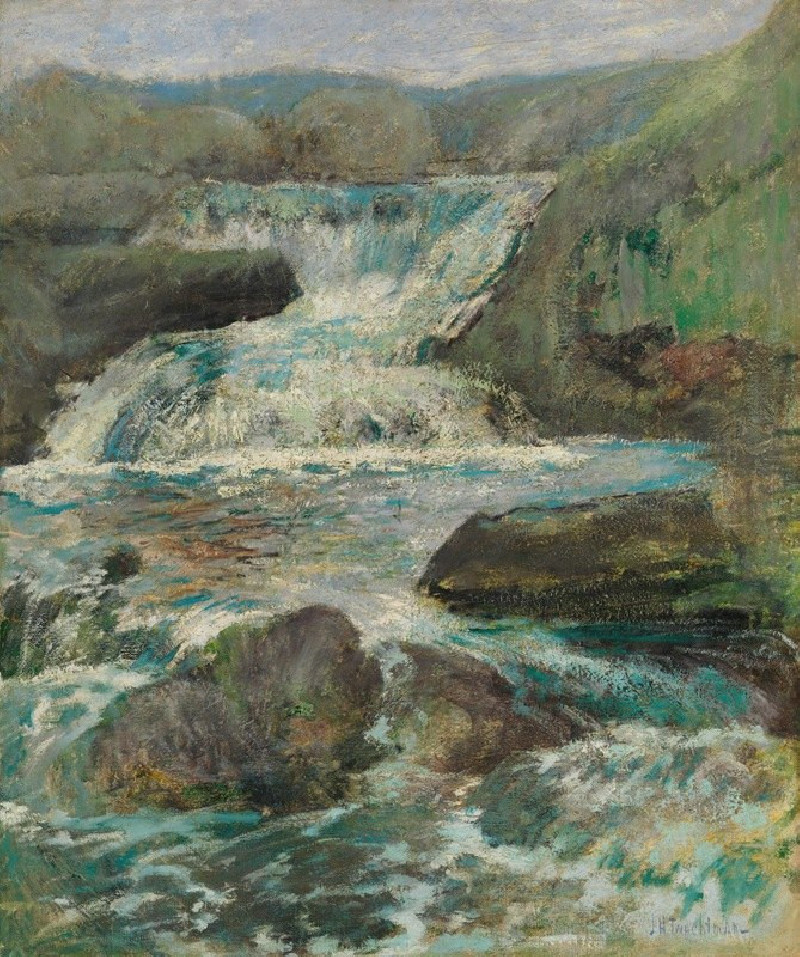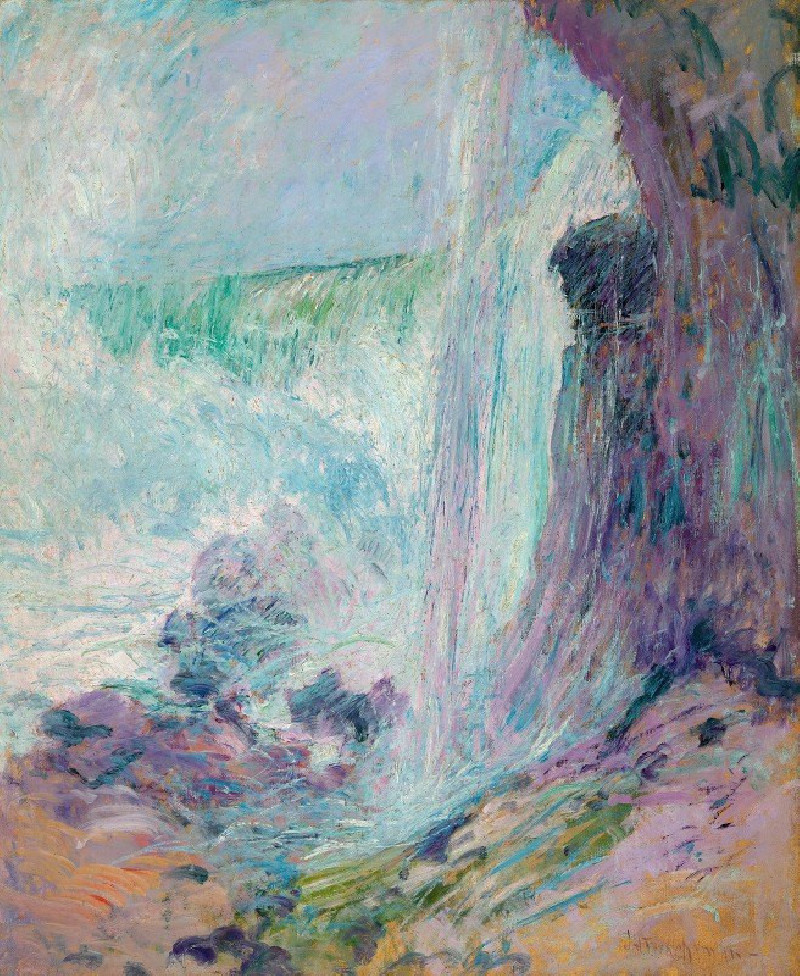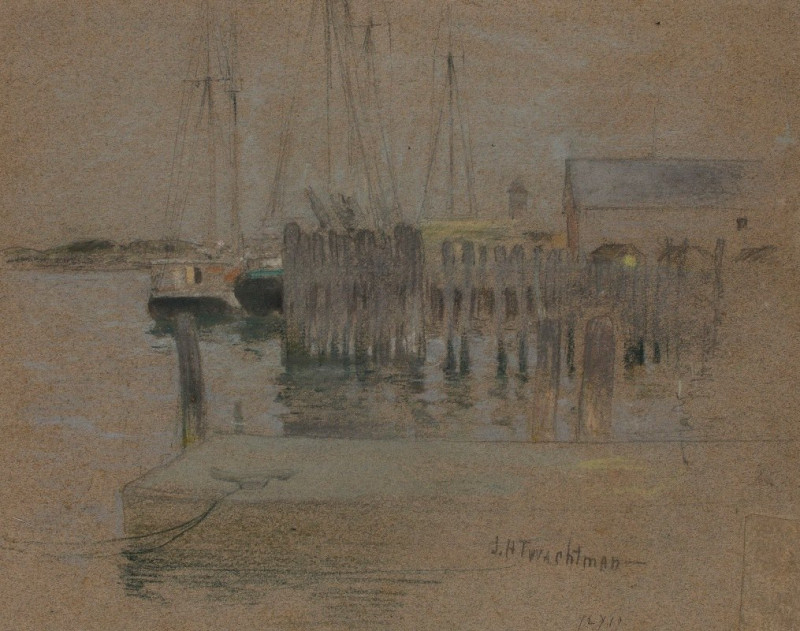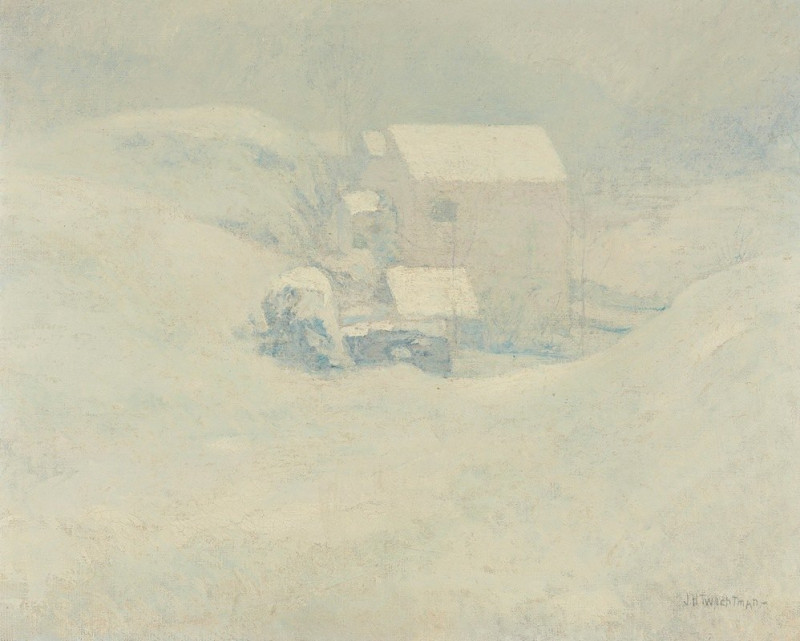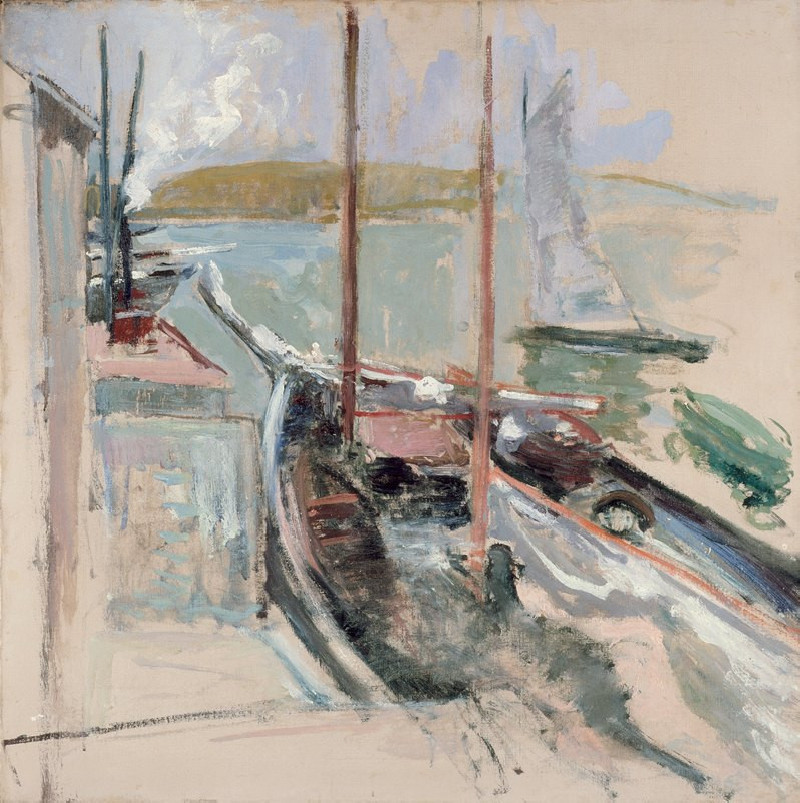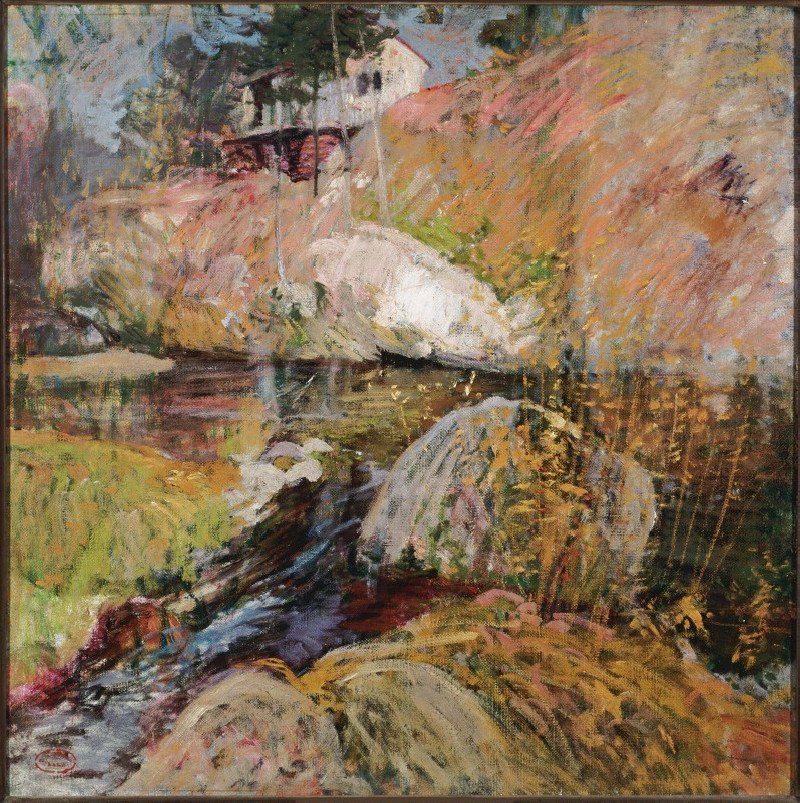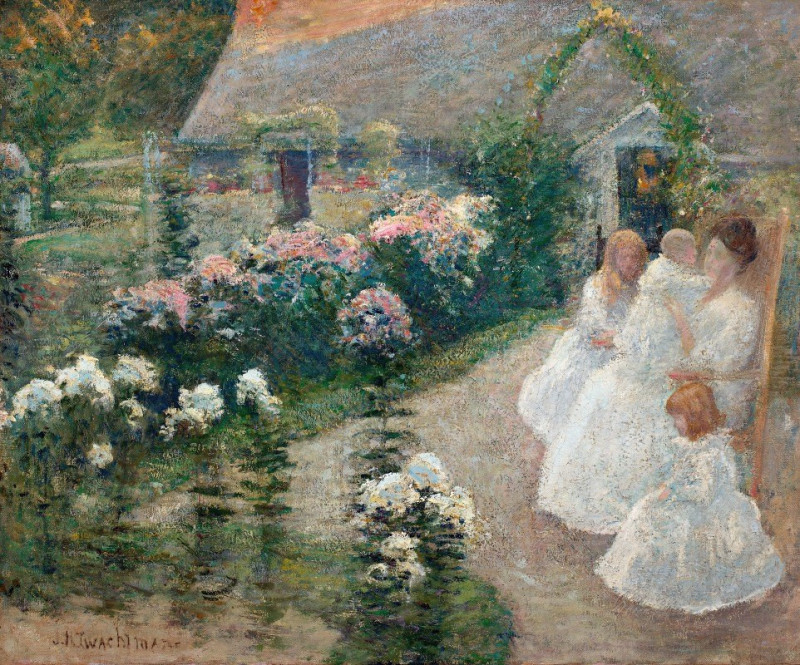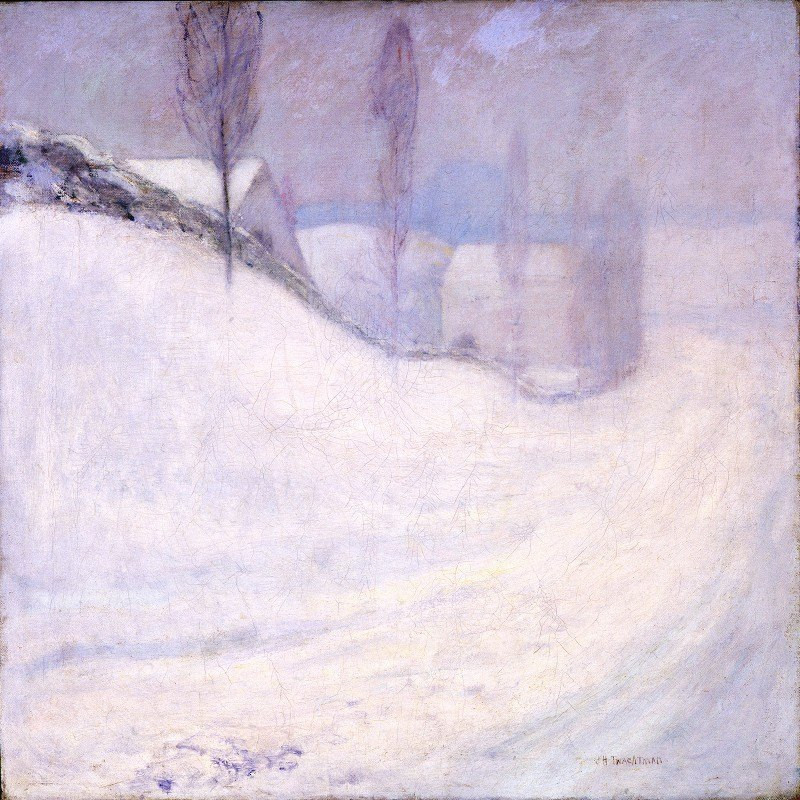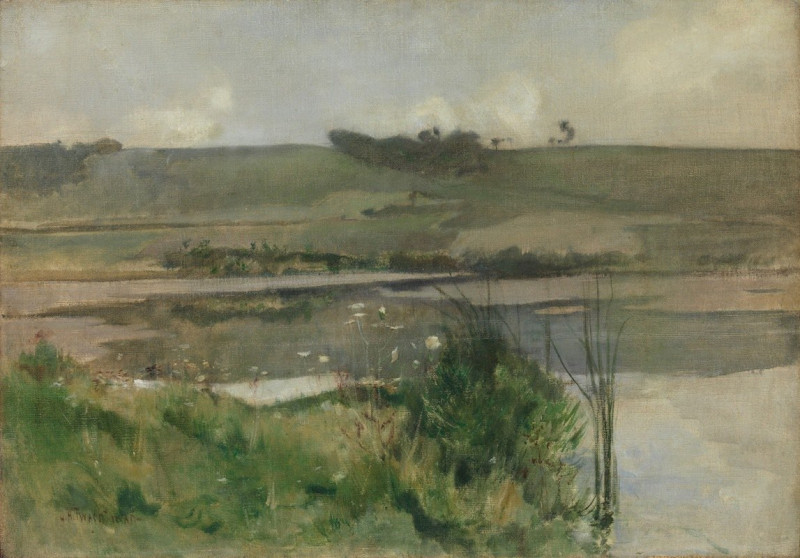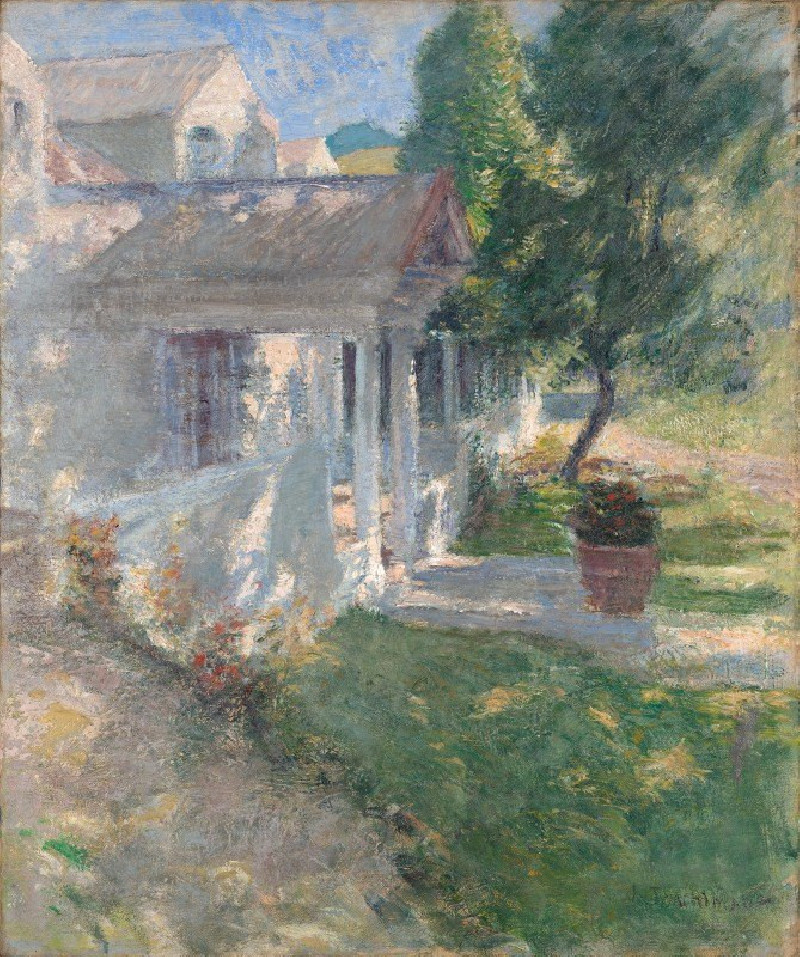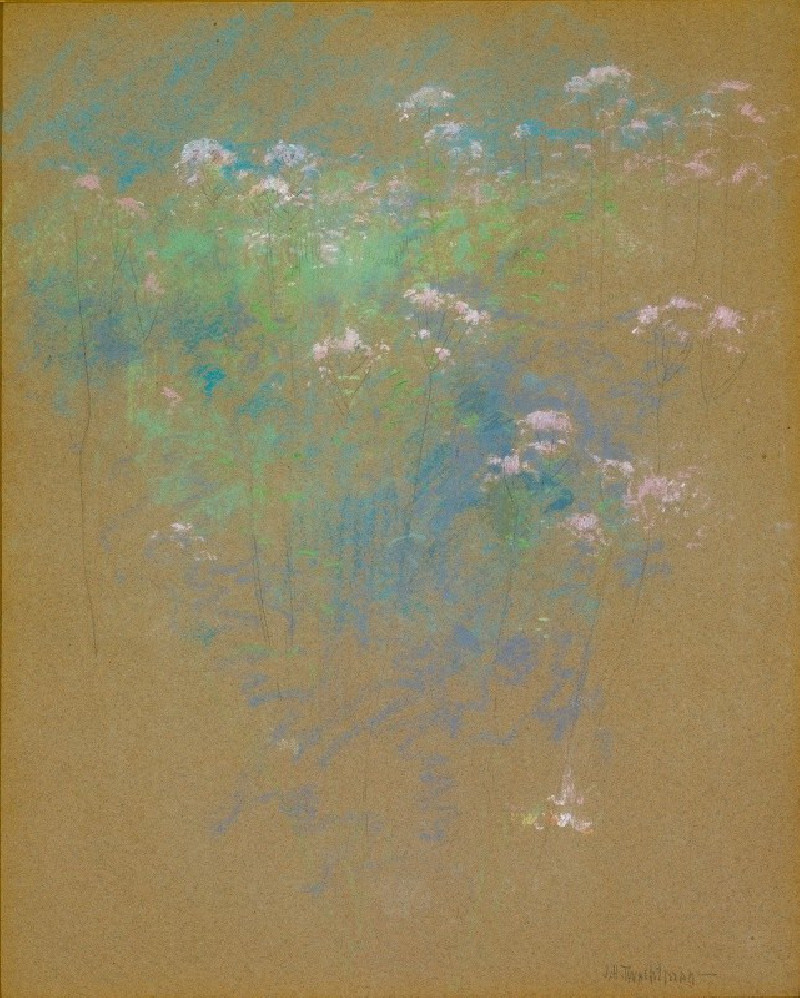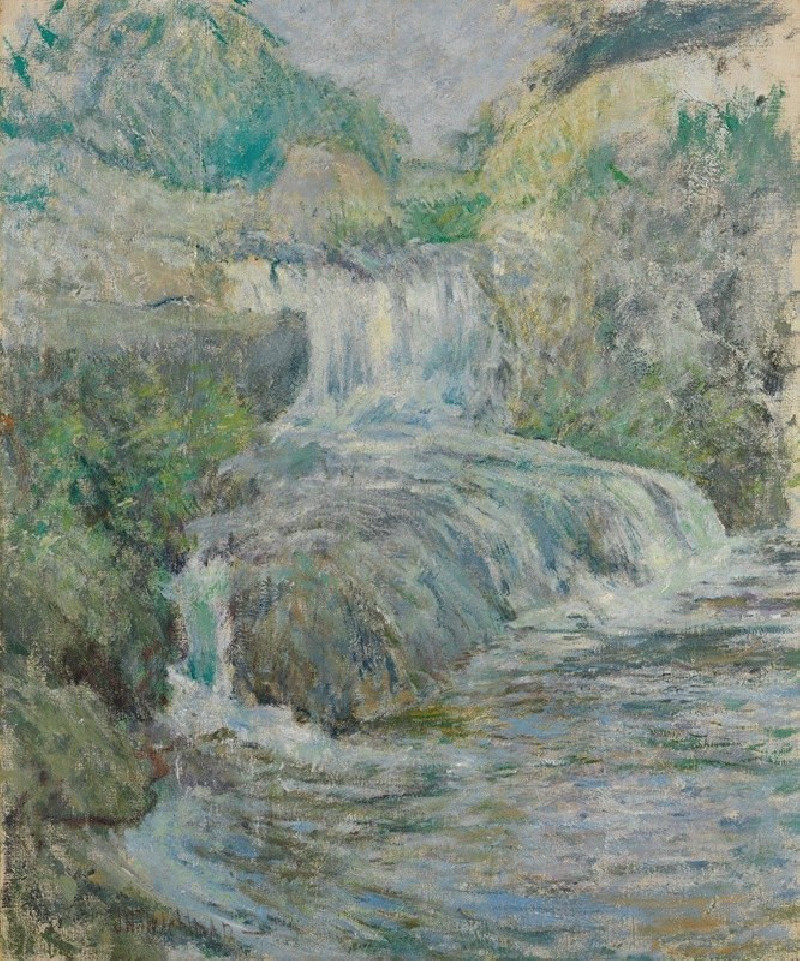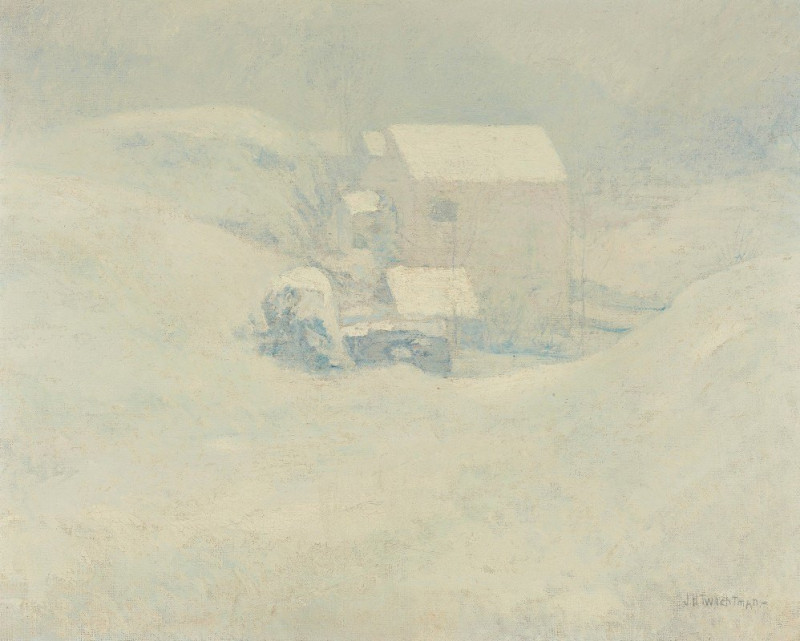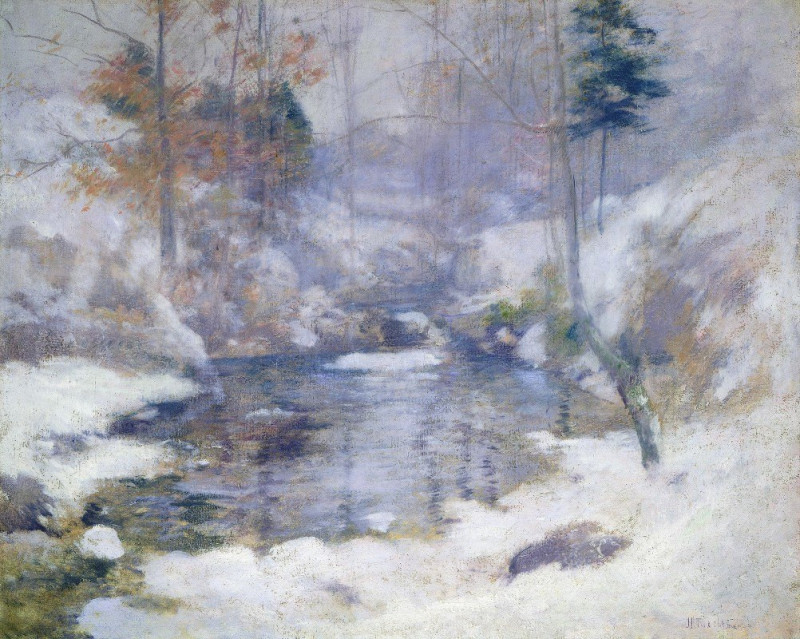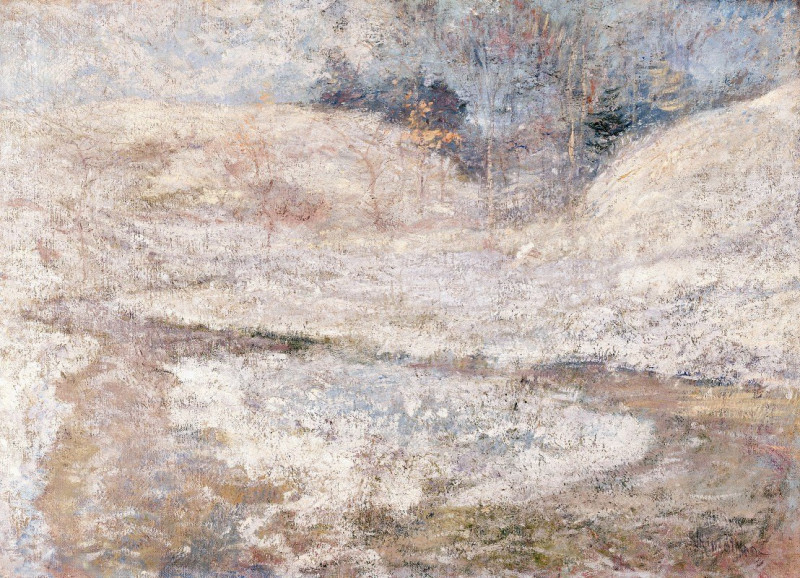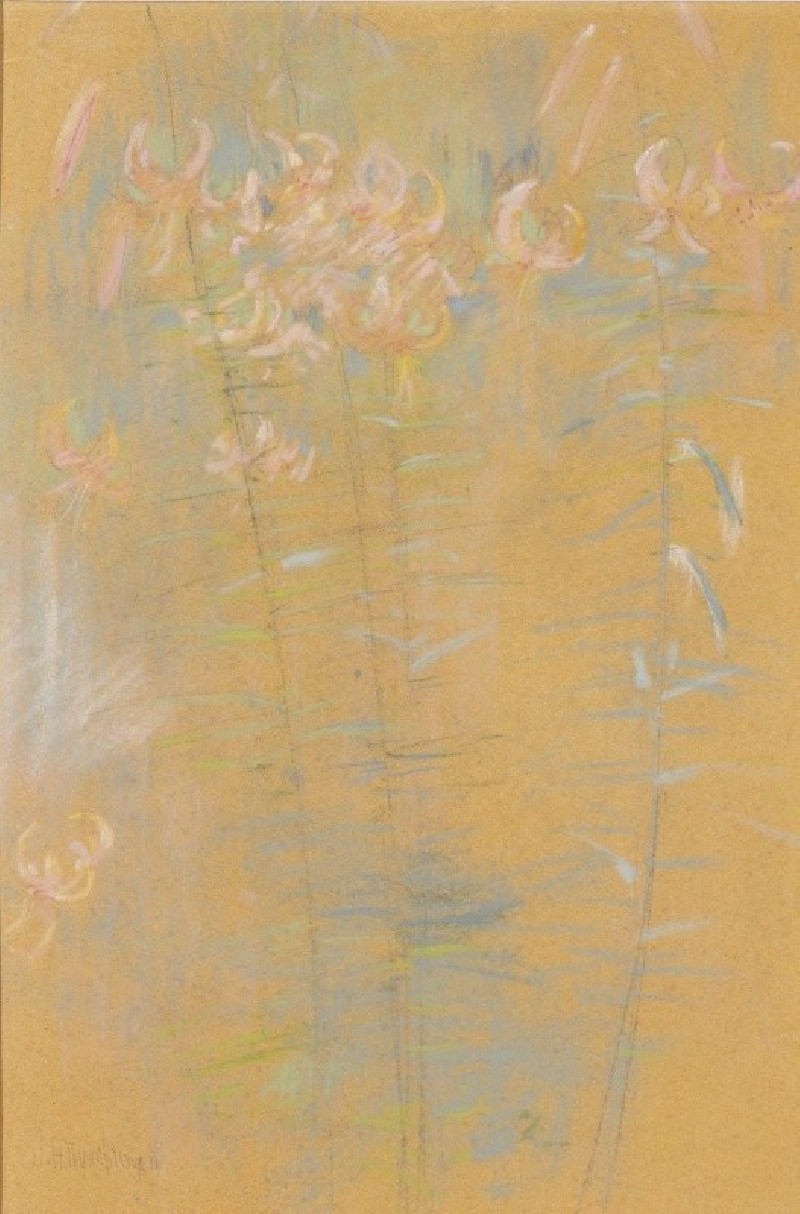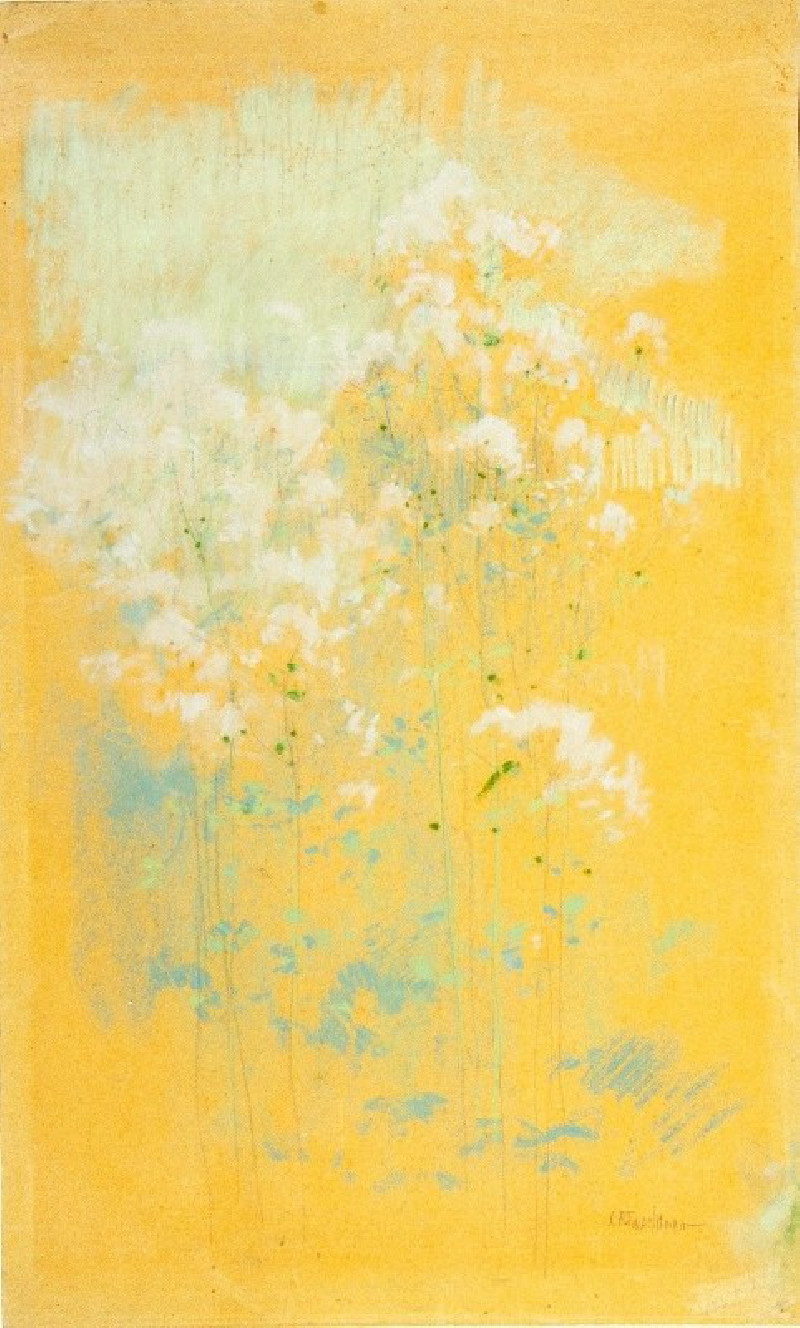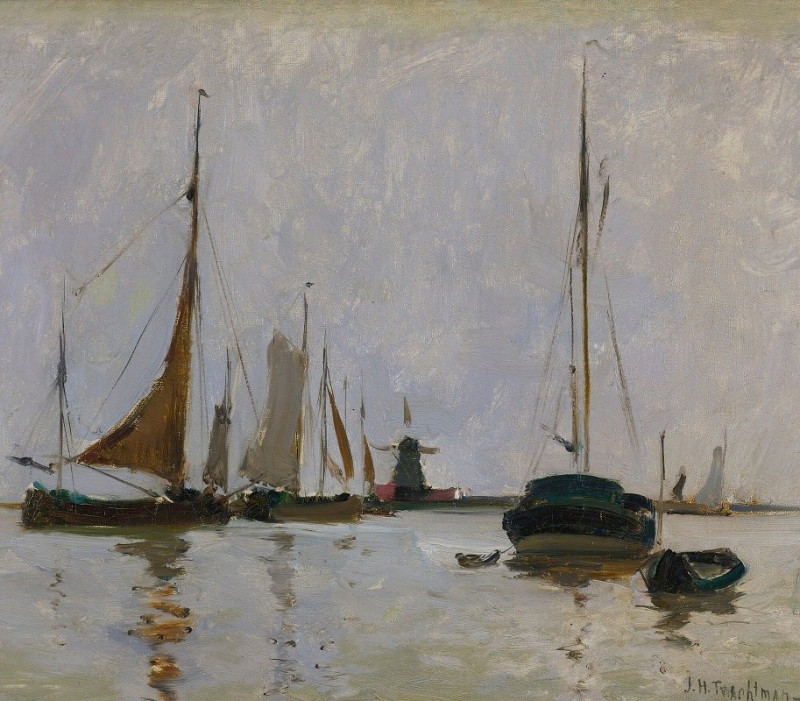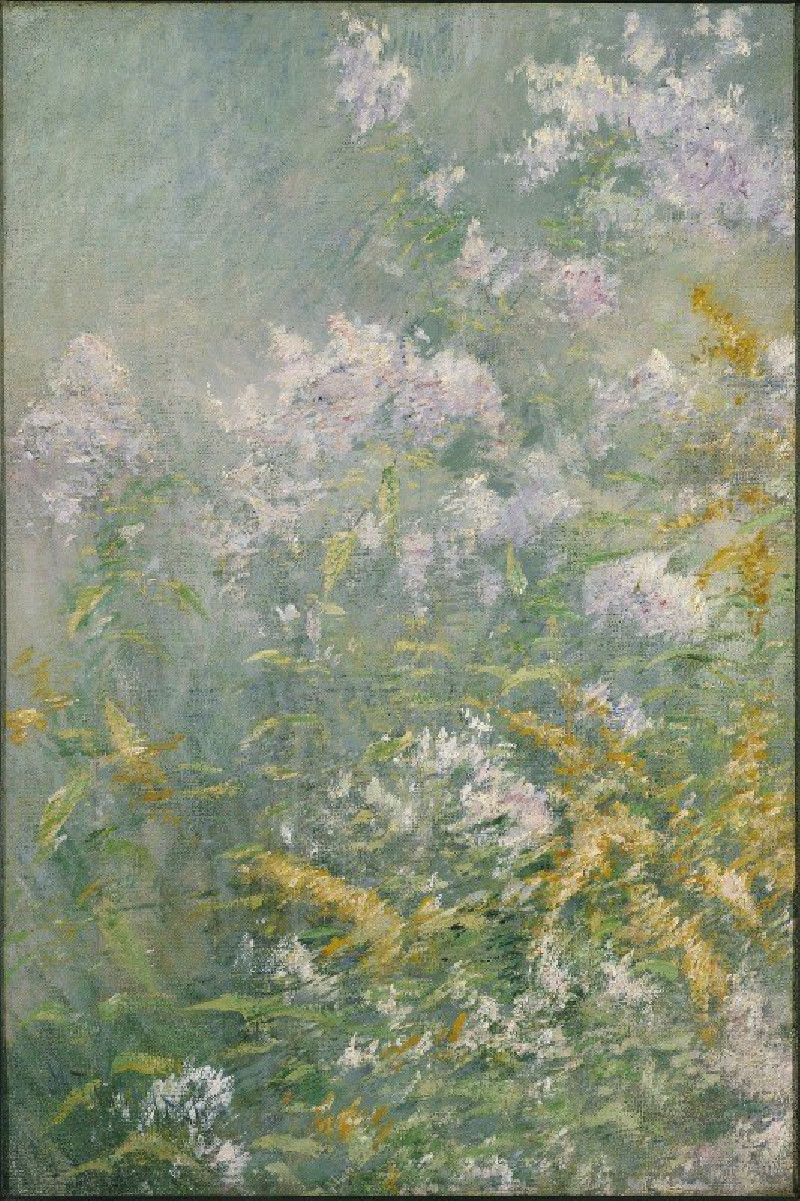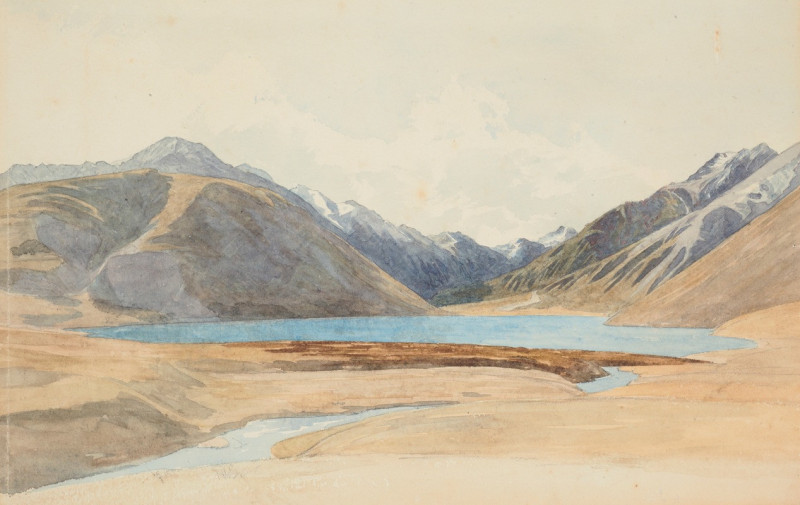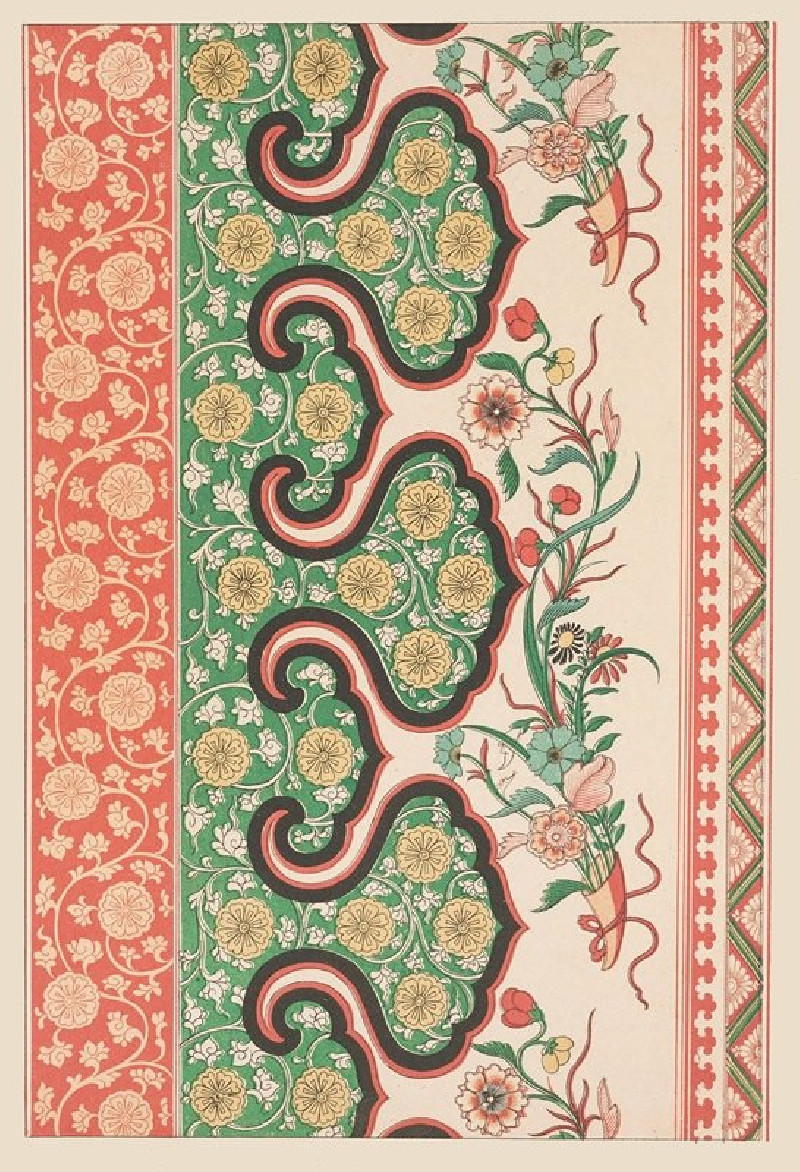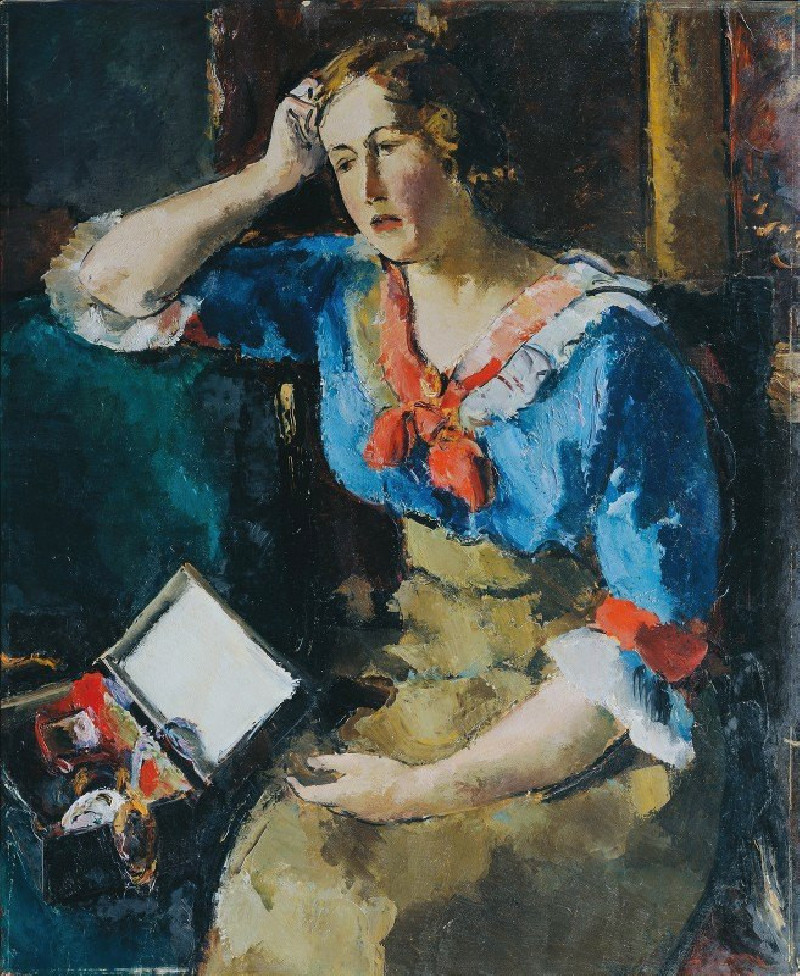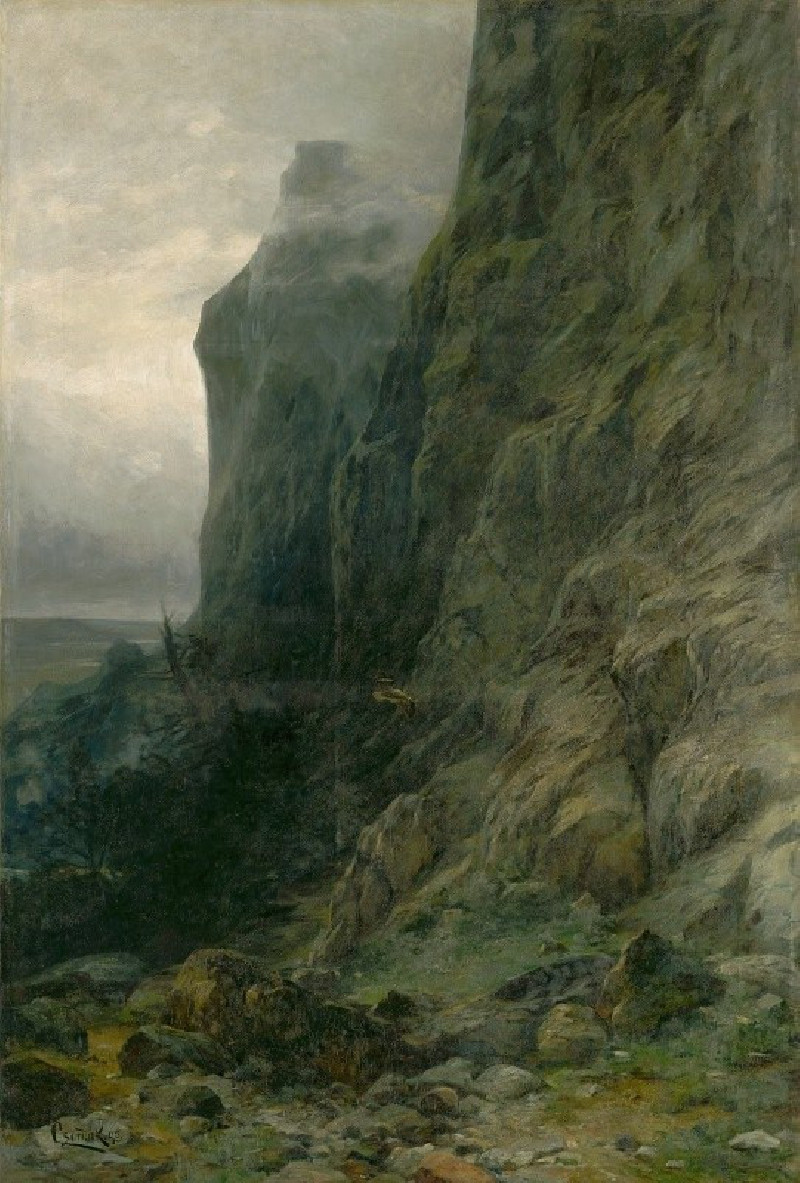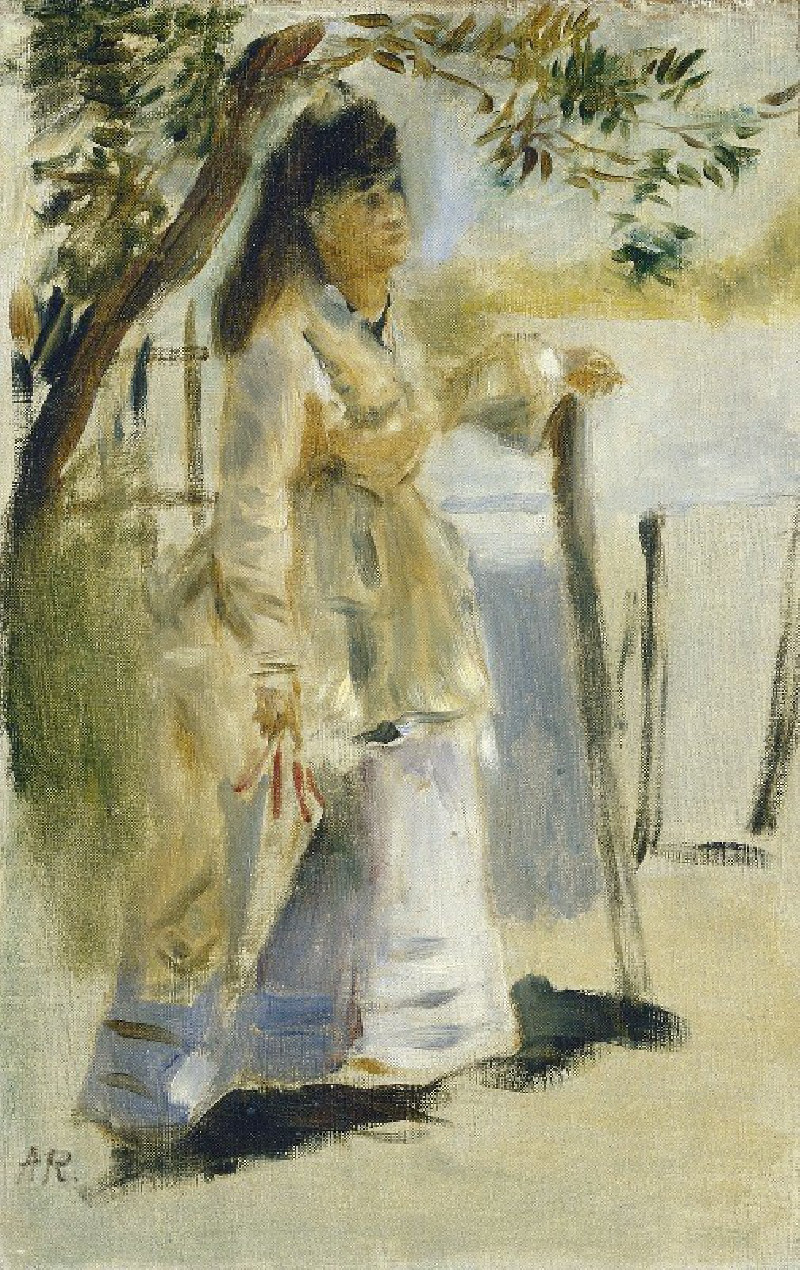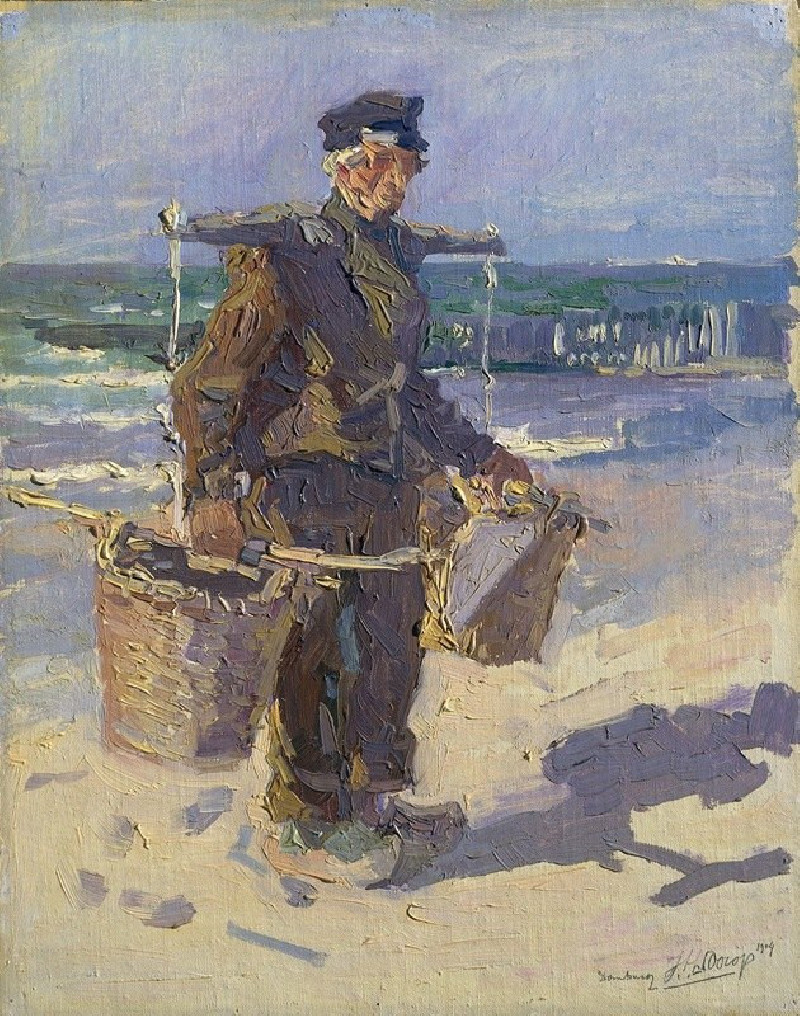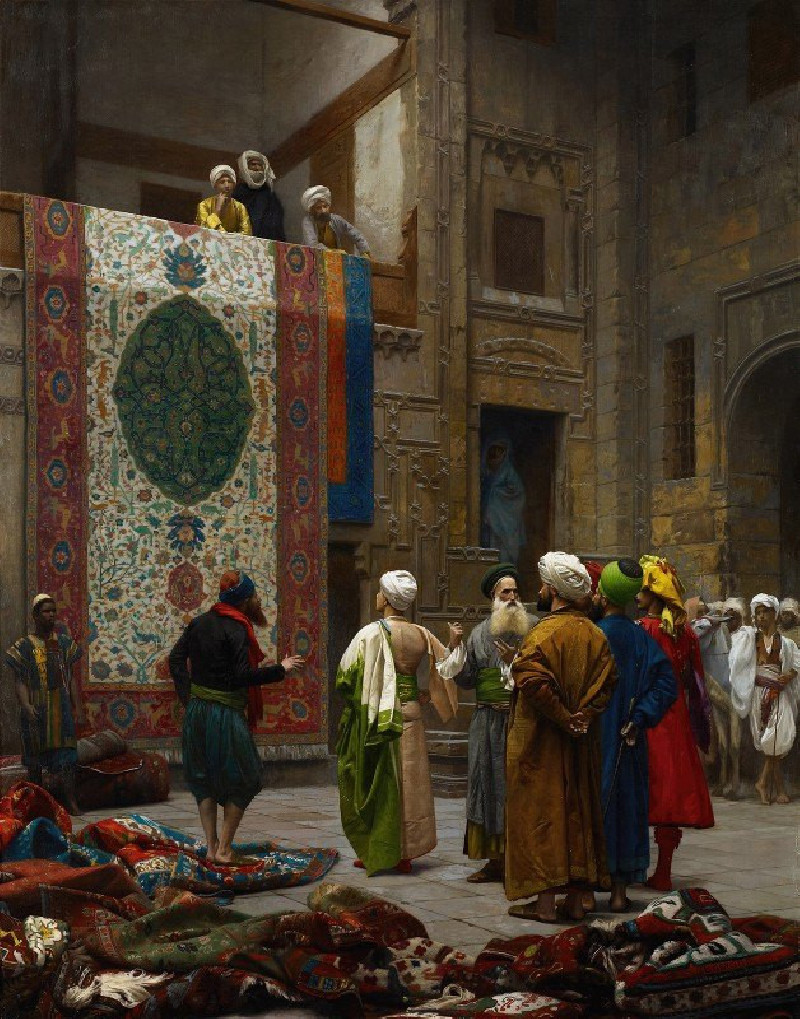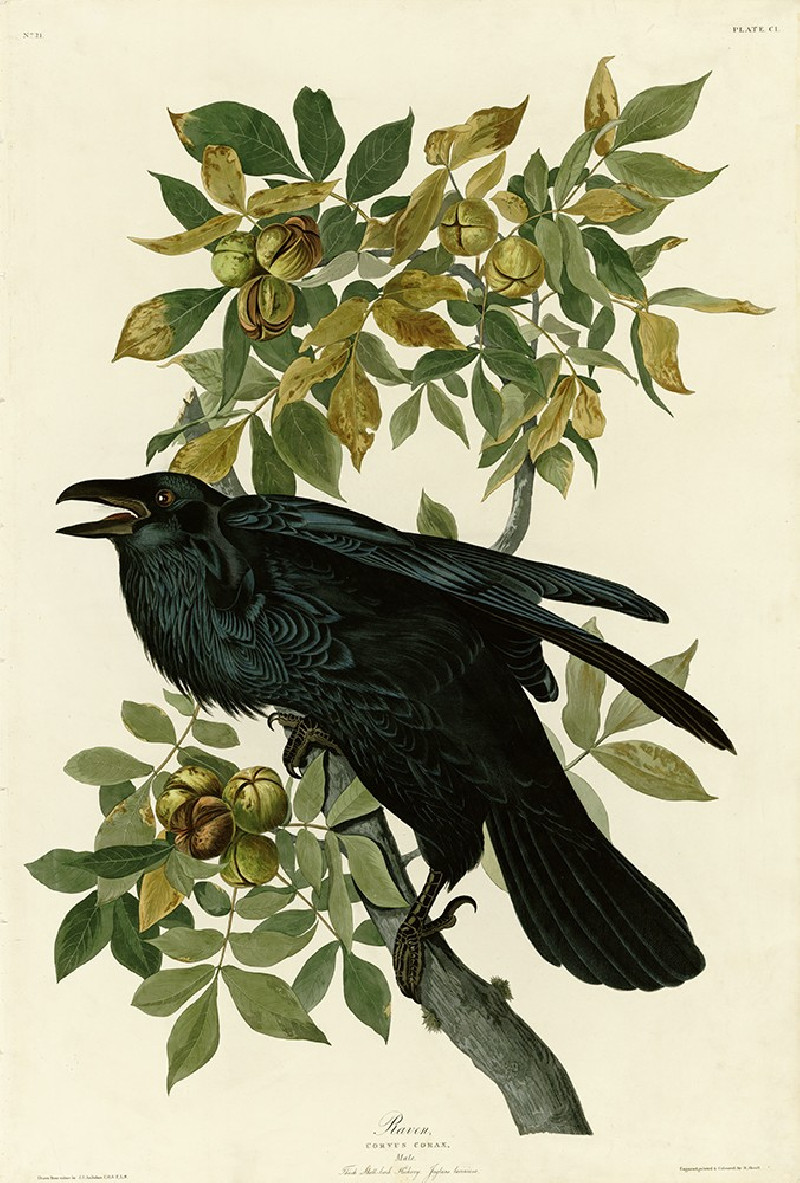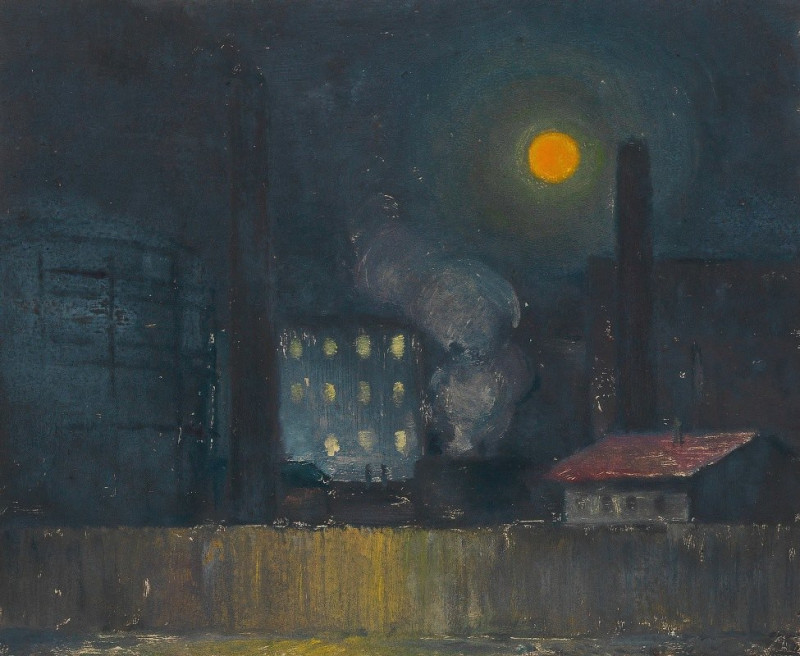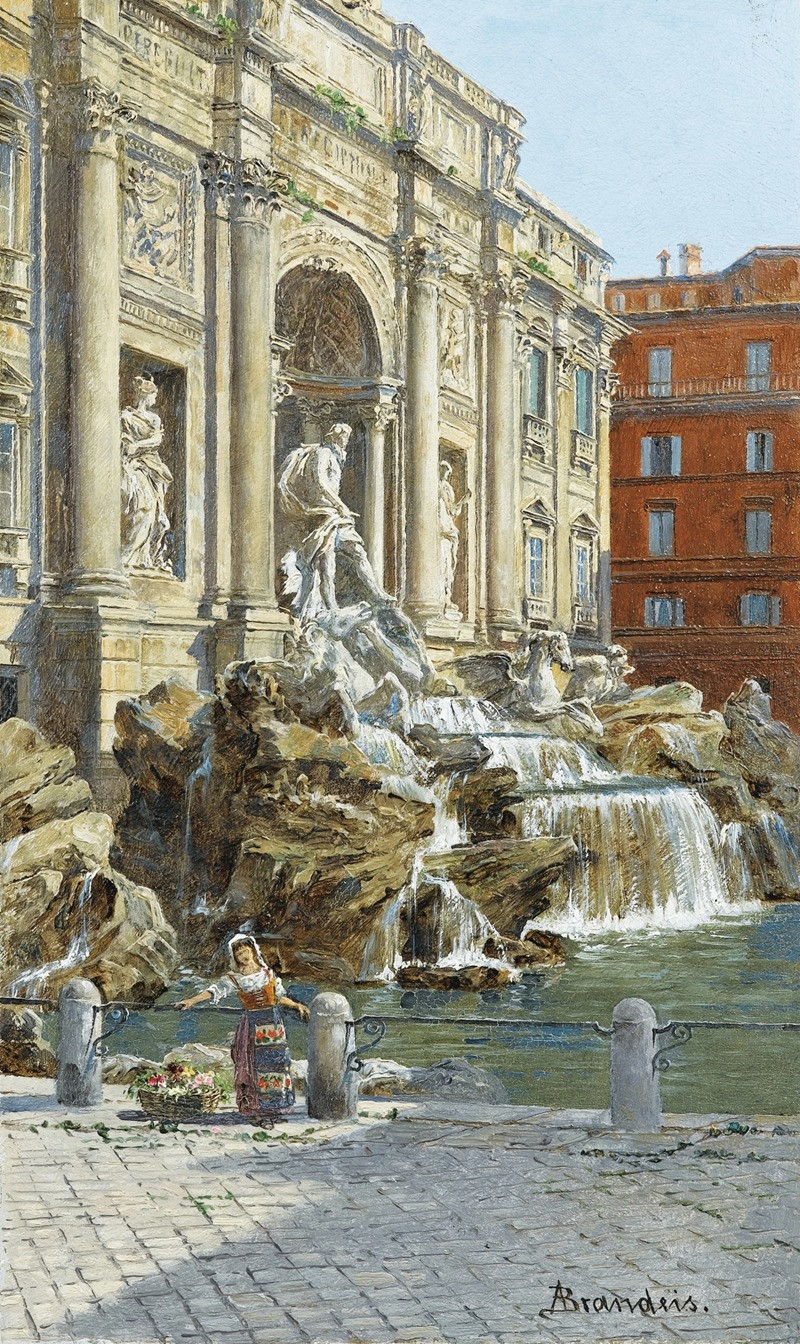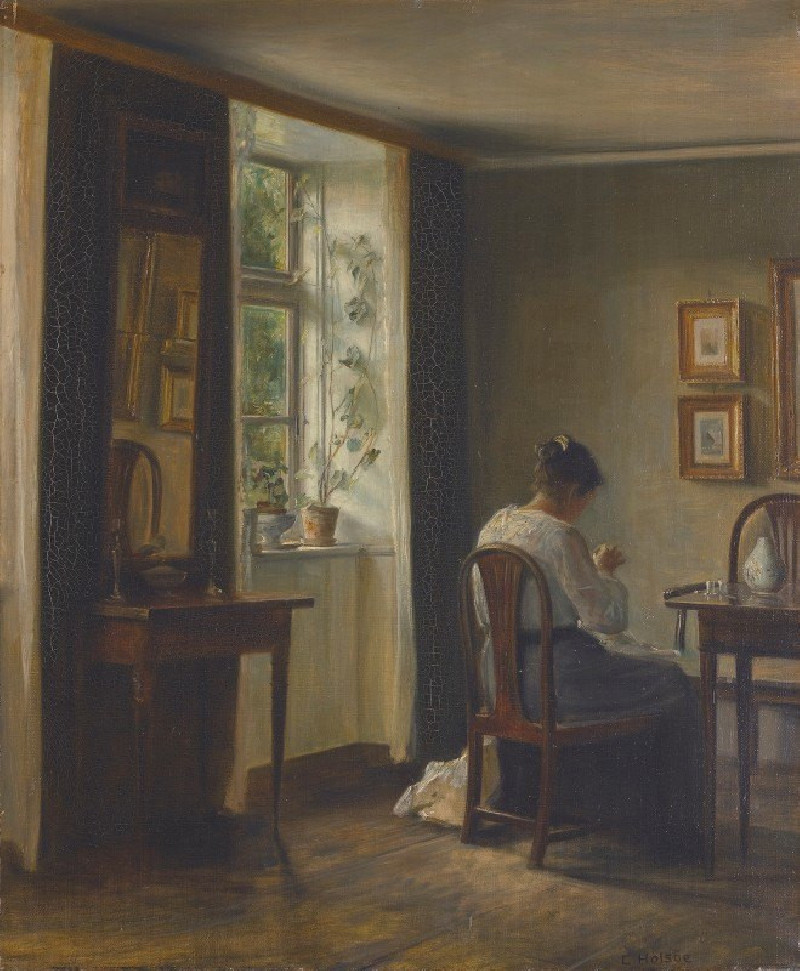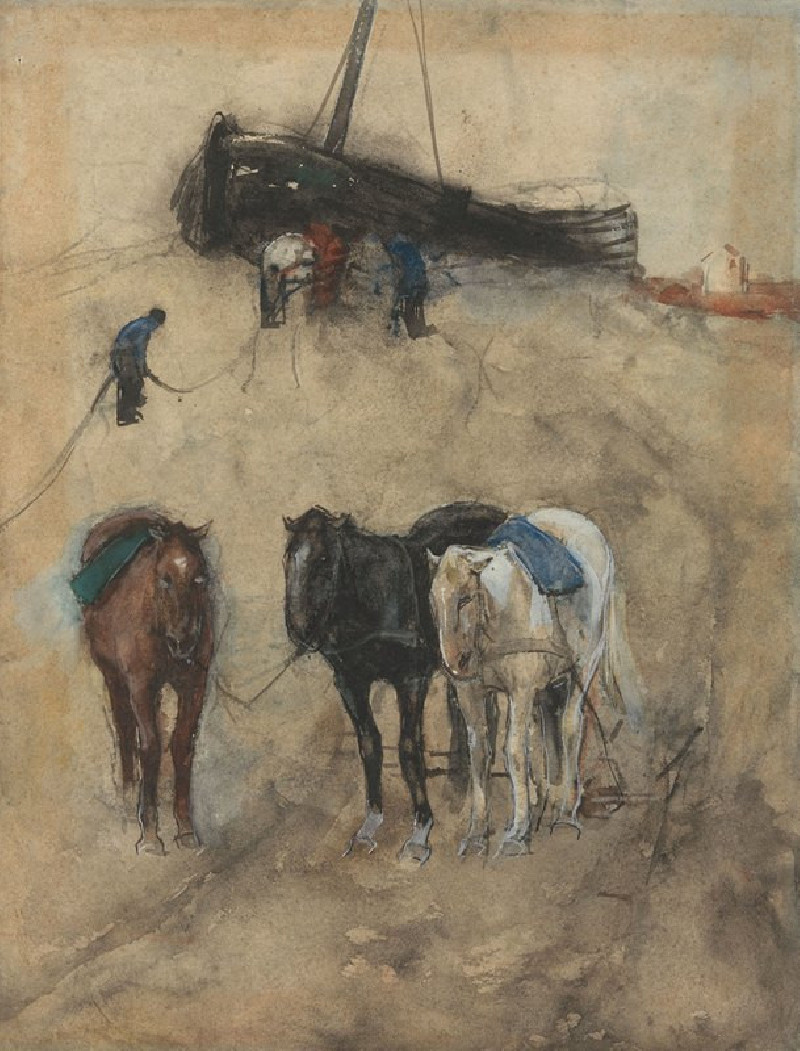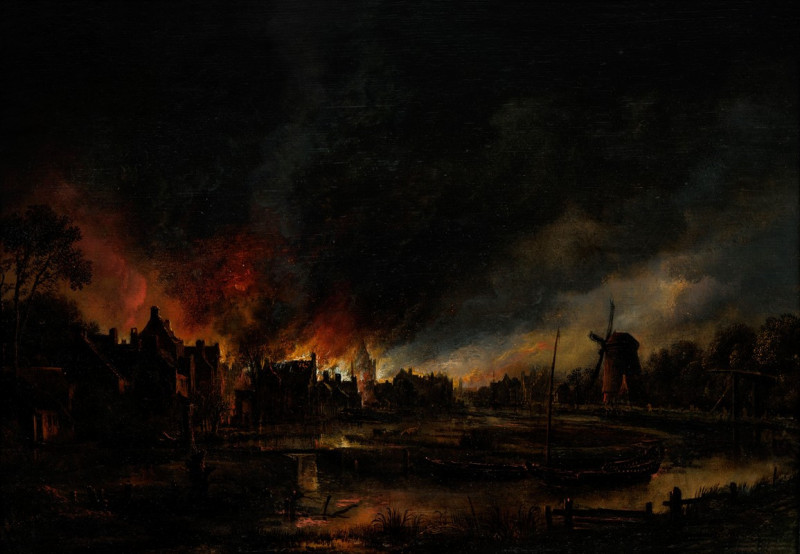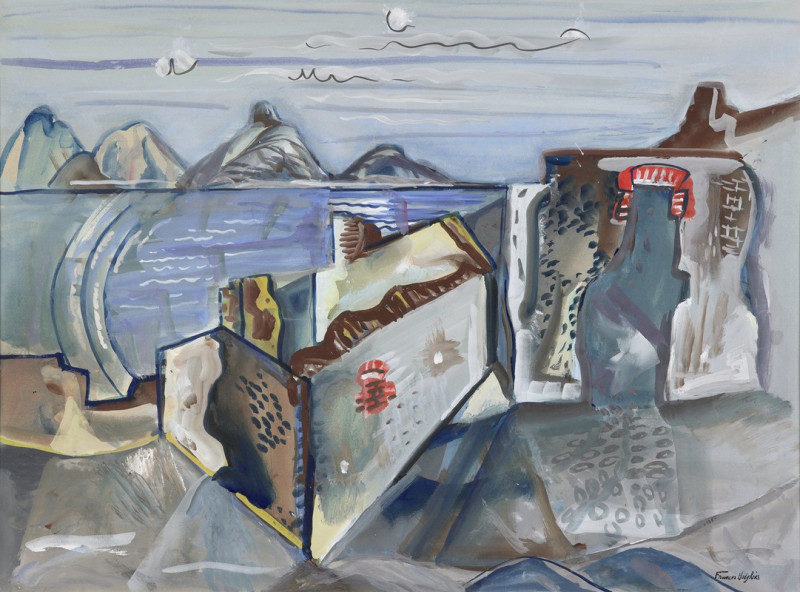The Wild Cherry Tree (circa 1900)
Technique: Giclée quality print
Recommended by our customers
More about this artwork
John Henry Twachtman's "The Wild Cherry Tree" is a captivating piece drawn from the American Impressionist movement around 1900. In this tranquil depiction, the central focus is on the sprawling elegance of a wild cherry tree, presented in a burst of deft brush strokes and vibrant shades of green and blue. The painting conveys the subtle interplay of light and shade, a hallmark of Twachtman's style, illustrating the delicate leaves flickered by the gentle whisper of the wind.In the background, the soft outline of a cottage harmonizes with the pastoral setting, suggesting a serene, tucked-away retreat within nature. The foreground is richly textured, allowing viewers to almost feel the grass underfoot and the dappled sunlight that filters through the leaves. "The Wild Cherry Tree" isn't just a visual representation; it's an invitation into a moment of peace, as if one is standing beneath the boughs of the tree, enveloped in the quietude of the countryside.
Delivery
Returns
John Henry Twachtman was an American painter best known for his impressionist landscapes, though his painting style varied widely through his career. Art historians consider Twachtman's style of American Impressionism to be among the more personal and experimental of his generation. He was a member of "The Ten", a loosely allied group of American artists dissatisfied with professional art organizations, who banded together in 1898 to exhibit their works as a stylistically unified group.

